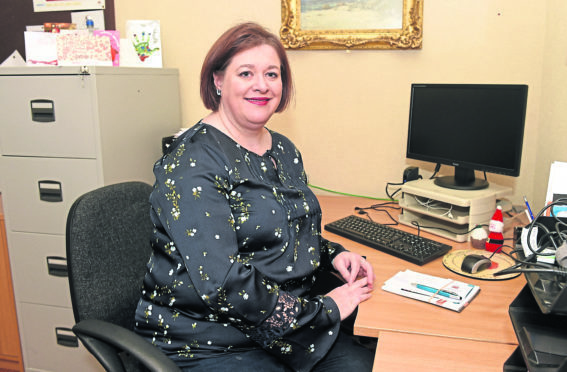Alcoholics, drug addicts and people suffering from mental health problems in Aberdeen will be moved out of care homes and into the community.
Currently many people with these issues in the city are cared for in specialist homes – where many can live together and share the likes of toilet facilities.
But under the new scheme approved yesterday by the board of the Aberdeen Health and Social Care Partnership (AHSCP) there will be a “re-provisioning from residential care to supported living services”- and investigations on how to carry it out.
While the people may not be able to live fully independently it is hoped moving them to more hands-off supporting living services homes, where they have their own tenancy, will encourage them to fully re-integrate with society.
Currently 128 people are supported in Aberdeen, with 92 in care homes.
A report presented to the board said there had been struggles due to the closure of NHS psychiatric services – most recently at Royal Cornhill – with the council having to provide more accommodation.
It reads: “Most individuals using current services have significant and enduring mental illness such as Schizophrenia and Bipolar Affective Disorder.
“Over the past 20 years the shift from hospital to community care has been successful and different models of care and support have been developed. When individuals leave the hospital after acute spells of mental illness or longer term illness they are supported in either residential or supported living services.
“Historically, residential services have been developed following ward closures in the local psychiatric hospitals and resource transfer funding has been passed from NHS Grampian to Aberdeen City Council for the purchase of these services.”
The report adds that for some care homes are the only option, but this means they have less disposable income.
Plans are still at an early stage and have not yet been costed.
Kenneth Simpson, the third sector representative on the board, raised concerns that many people felt that the residential care had become “home” and were uncomfortable about moving.
Fellow board member, SNP councillor Gill Samarai, said she worried about the potential of two vulnerable groups of people living together.
But Integration Joint Board vice-chairwoman Sarah Duncan welcomed the proposal adding that support should be given to help people live as independently as possible.










